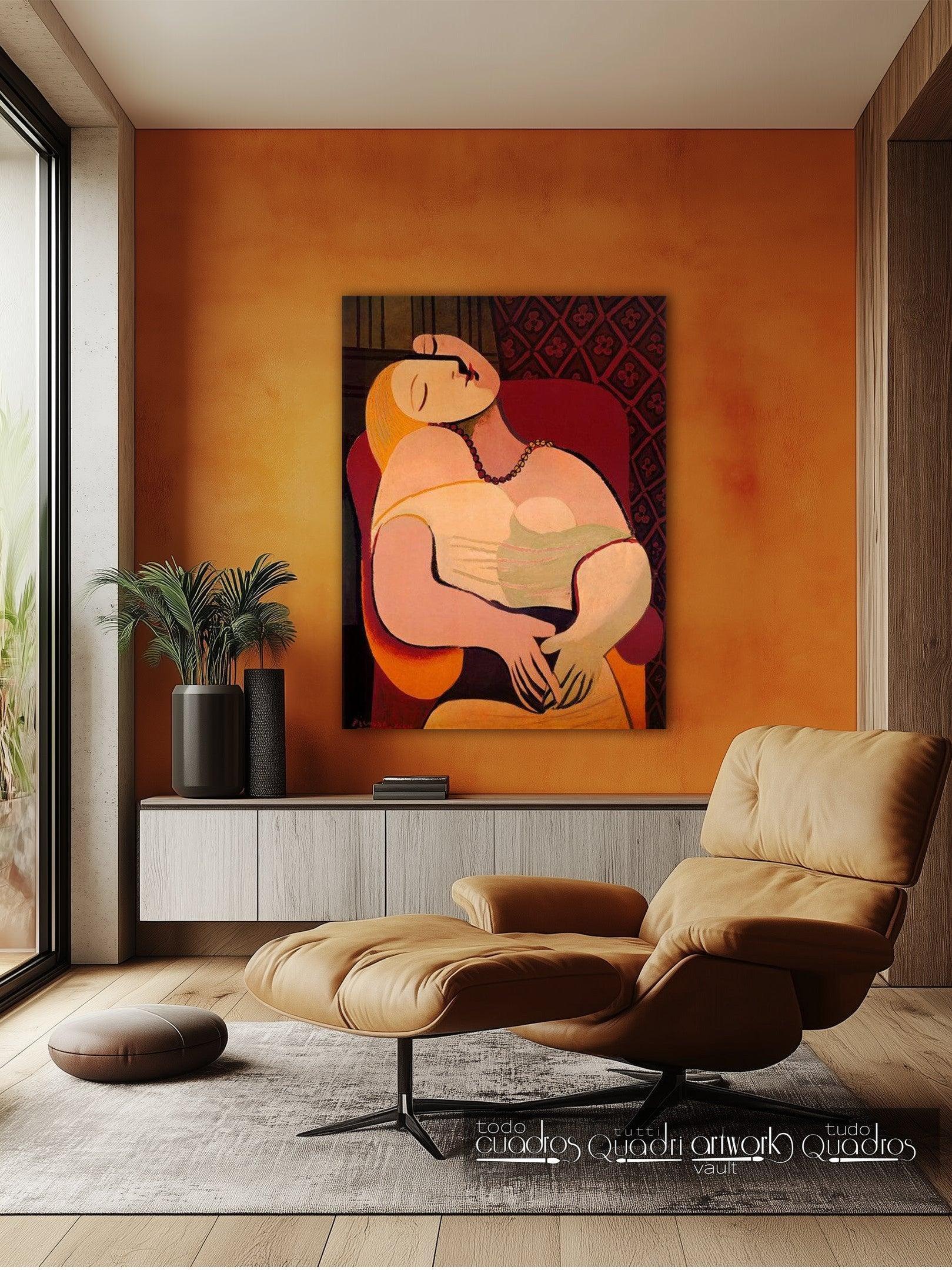The Friendship
$298.00 CAD
The Dream
$298.00 CAD
Ladies of Avignon
$298.00 CAD
Dora Maar Portrait
$298.00 CAD
Woman with Pears (Fernande)
$298.00 CAD
Table in Front of the Window
$298.00 CAD
The Lesson
$298.00 CAD
Mediterranean Landscape
$298.00 CAD
Girl Before a Mirror
$298.00 CAD
I and the Village
$298.00 CAD
The Grey House
$298.00 CAD
The Promenade
$298.00 CAD
Green Violinist
$298.00 CAD



























